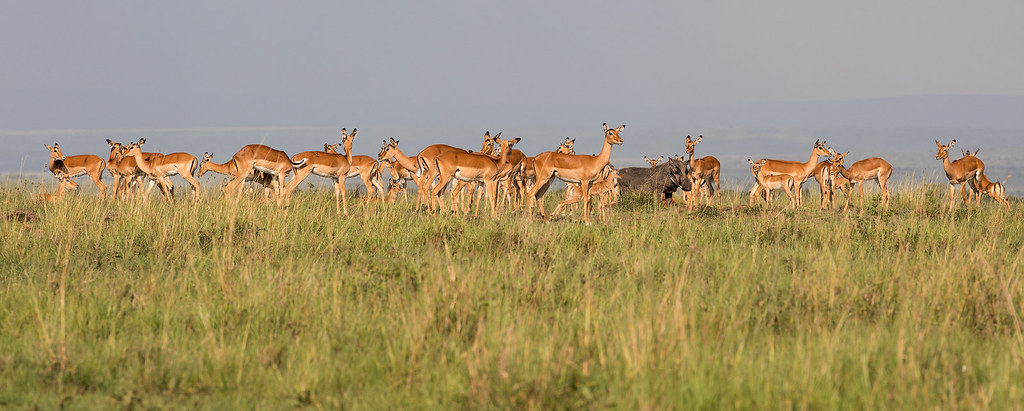
Unlocking the Optimal Time for Your Kenyan Safari Adventure
Unlocking the Optimal Time for Your Kenyan Safari Adventure: When is the Best Time to Visit Kenya for Safari?
The perennial inquiry of enthusiastic travelers is, “What is the optimal time to visit Kenya for a safari?” This inquiry is met with a thoughtful response that explores the specific attractions and activities that one desires. The optimal period for a Kenyan safari is frequently estimated to be between June and October, as this is the arid season and provides optimal conditions for game viewing. Nevertheless, it is imperative to acknowledge that Kenya’s wildlife can captivate visitors year-round, and there are a plethora of activities available in addition to wildlife observing, such as mountain exploration and beach excursion.
We conduct a month-by-month investigation to determine the optimal activities, destinations, and timings, thereby providing a practical guide to an enriching Kenyan safari experience.
January through February
Enjoy the warmth of the Kenyan summer in January and February, which is an ideal time to observe both terrestrial and aerial wildlife. Wildlife is abundant in popular tourist destinations such as Amboseli National Park, Masai Mara National Reserve, and Lake Nakuru National Park. The landscape is adorned with lush vegetation, and the temperatures are inviting, providing sunny and hot days, thereby creating an ideal ambiance for a visit.
March, April, and May
The allure of clear skies remains in early March, but wildlife sightings become increasingly rare as the rainy season begins, which spans from late March through April and into May. Safari excursions are rendered less favorable by the protracted rains, which render tracks and trails impassable. This period is not conducive to a safari excursion due to the heavy rainfall that occurs in the coastal regions.
June
June is the beginning of the second arid season, and it is characterized by the resurgence of wildlife in the vicinity of waterholes, lakes, and rivers. Despite the occasional light showers that may adorn the land, the overall atmosphere is typically cool at higher altitudes. The annual wildebeest migration from the Serengeti plains to the Masai Mara, which typically reaches its apex in July, is set to be imminent due to the flourishing grass, which makes wildlife spotting somewhat challenging.
July, August, and September
During these months, Kenya experiences a protracted dry season, which is an ideal time to embark on a safari. The great wildebeest migration commences in July, as herds traverse from Tanzania to the Masai Mara. The Masai Mara is receptive to the initial migration of wildebeest herds, as the weather remains dry. August is characterized by the driest conditions, which create an ideal environment for observing exceptional wildlife, such as the captivating sight of wildebeest traversing the Talek and Mara rivers. The prime season is maintained in September, during which wildlife viewing reaches its zenith in all Kenyan game reserves.
October through November
Although there may be occasional rain showers in October, it remains an advantageous time to travel, particularly for those who wish to avoid crowds while enjoying exceptional wildlife observing. In November, the land is graced by brief rains, which improve the game viewing experience. Although certain sites on the Laikipia plateau may be closed, others in Masai Mara and other parks will remain operational.
December
Kenya experiences potentially hot and rainy weather as the year draws to a close. December is a paradise for bird enthusiasts, as it is characterized by an abundance of migratory species. The picturesque setting is characterized by lush green landscapes that are home to freshly born animals. Mosquito activity is prevalent during this period, and travelers are advised to bring insect repellents.
Comprehending the Weather Conditions of Kenya
Travelers should not anticipate distinct winter or summer days due to Kenya’s equatorial location. Rather, the nation undergoes a cycle of rainy and dry seasons. The region experiences two distinct dry seasons: the extended dry season, which spans from June to October, and the shorter dry season, which spans from January to February. Short rains are experienced from November to December, while lengthy rains are experienced from March to May. It is essential to comprehend these weather patterns in order to organize a Kenyan safari that is both pleasurable and well-timed.


